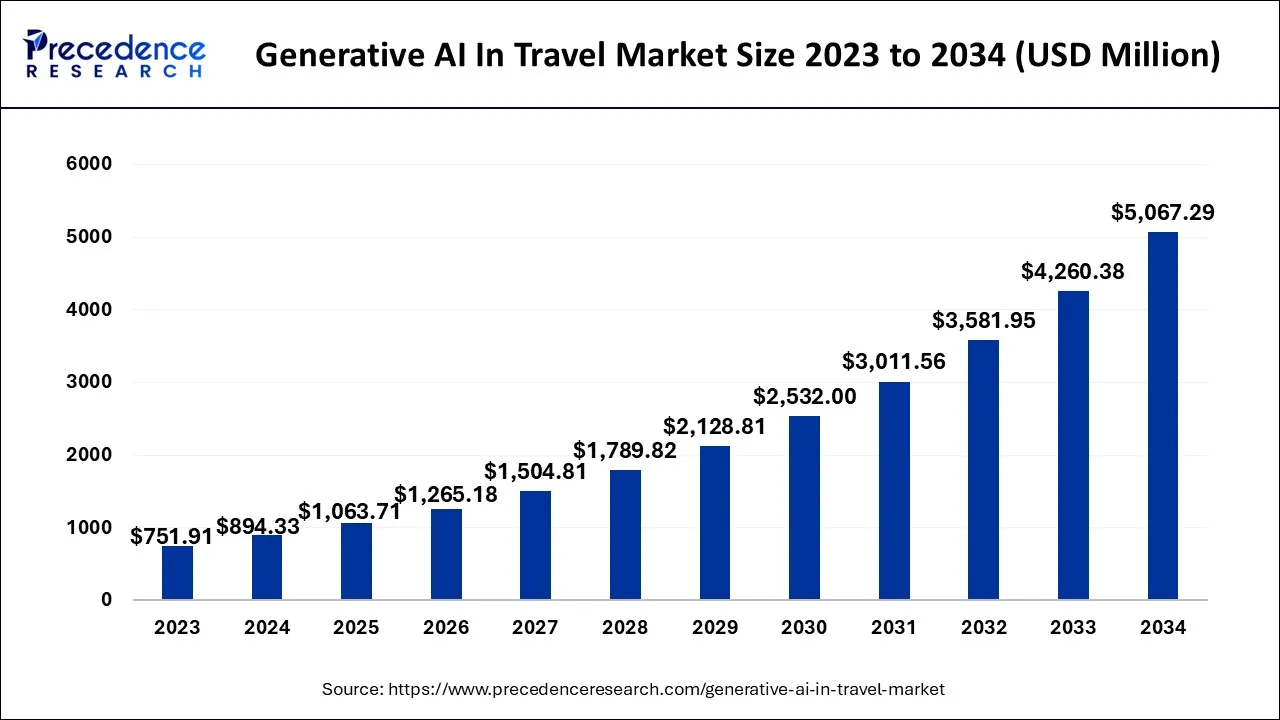Overview of Emerging Technologies in Travel Marketing
The travel marketing landscape is undergoing rapid transformation, driven by the adoption of artificial intelligence (AI), augmented reality (AR), and geofencing technologies. These innovations are enabling more personalized, immersive, and contextually relevant experiences for travelers, while also empowering marketers with advanced tools for engagement and conversion.
Artificial Intelligence (AI) in Travel Marketing
AI is now foundational in travel marketing, enabling hyper-personalization, predictive analytics, and automated customer interactions. Key applications include:
- Hyper-Personalized Content and Recommendations: AI analyzes vast datasets—including past behavior, preferences, and real-time data—to deliver tailored travel suggestions, itineraries, and marketing messages.
- AI-Powered Customer Service: Chatbots and voice assistants handle inquiries, bookings, and support, improving response times and freeing human staff for complex tasks.
- Sentiment Analysis: AI tools monitor social media and review platforms to gauge public perception, identify trends, and address issues proactively.
- Predictive Analytics: Marketers use AI to forecast travel demand, optimize pricing, and target campaigns more effectively.
Augmented Reality (AR) and Virtual Reality (VR)
AR and VR are redefining how destinations and travel brands engage potential customers. These technologies offer:
- Immersive Previews: Travelers can take 360-degree virtual tours of hotels, attractions, or destinations from home, aiding decision-making and building excitement.
- Interactive Advertising: AR campaigns—such as QR-code-activated experiences or location-based filters—allow users to interact with branded content in the physical world, as seen in partnerships like TripAdvisor and the San Diego Tourism Authority.
- Enhanced On-Site Experiences: AR wayfinding and interactive guides help travelers navigate unfamiliar locations, enriching their visit.
- Personalized Virtual Interactions: Combining AI with AR/VR enables dynamic, customized tours that respond to user queries and preferences in real time.
Geofencing in Travel Marketing
Geofencing—using GPS or RFID to define virtual boundaries—enables location-based marketing and services. While not explicitly detailed in the provided sources, geofencing is a complementary technology often used alongside AI and AR in travel marketing. Typical applications include:
- Targeted Promotions: Sending special offers or notifications to travelers when they enter a specific area (e.g., near a hotel, attraction, or airport).
- Personalized Experiences: Triggering contextually relevant content, such as AR guides or discounts, based on the user’s real-time location.
- Enhanced Safety and Convenience: Providing alerts or information based on proximity to points of interest or potential hazards.
Integration and Impact
The synergy of AI, AR, and geofencing is creating a new paradigm in travel marketing:
- Seamless, Personalized Journeys: From inspiration to booking and on-site experience, these technologies work together to deliver a cohesive, customized traveler journey.
- Data-Driven Decision Making: Marketers leverage insights from AI and analytics to refine campaigns, improve customer satisfaction, and increase conversion rates.
- Competitive Differentiation: Brands adopting these technologies can stand out by offering innovative, engaging, and convenient experiences that meet modern traveler expectations.
Key Takeaways
- AI enables hyper-personalization, automation, and predictive insights, transforming how travel brands attract and retain customers.
- AR and VR provide immersive, interactive previews and on-site experiences, enhancing engagement and aiding decision-making.
- Geofencing supports location-based marketing, delivering timely, relevant content and services to travelers in specific areas.
- The integration of these technologies is setting new standards for customer experience and marketing effectiveness in the travel industry.
These emerging technologies are not just trends but essential tools for travel marketers aiming to thrive in a dynamic, experience-driven market.




